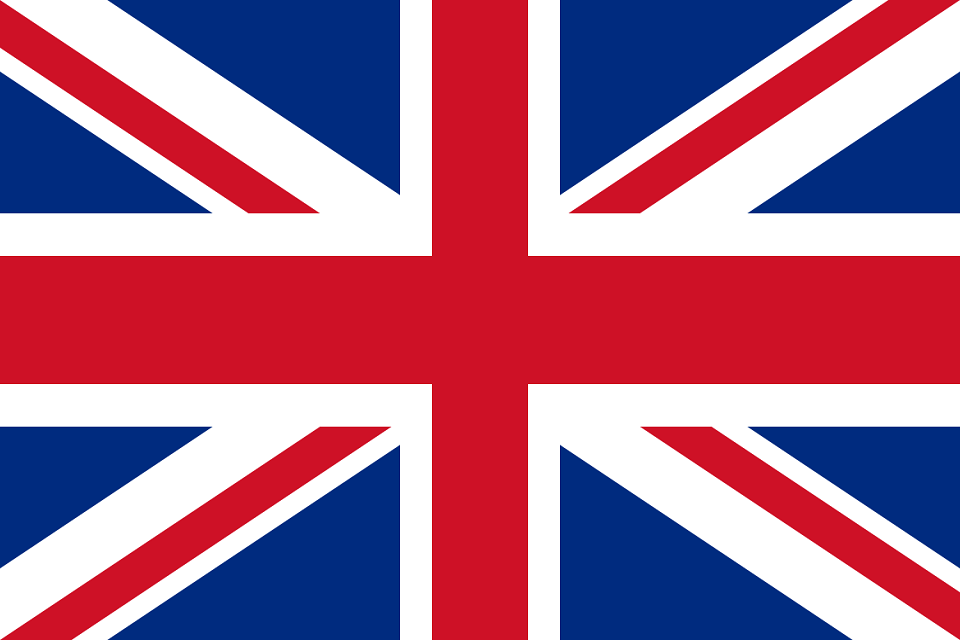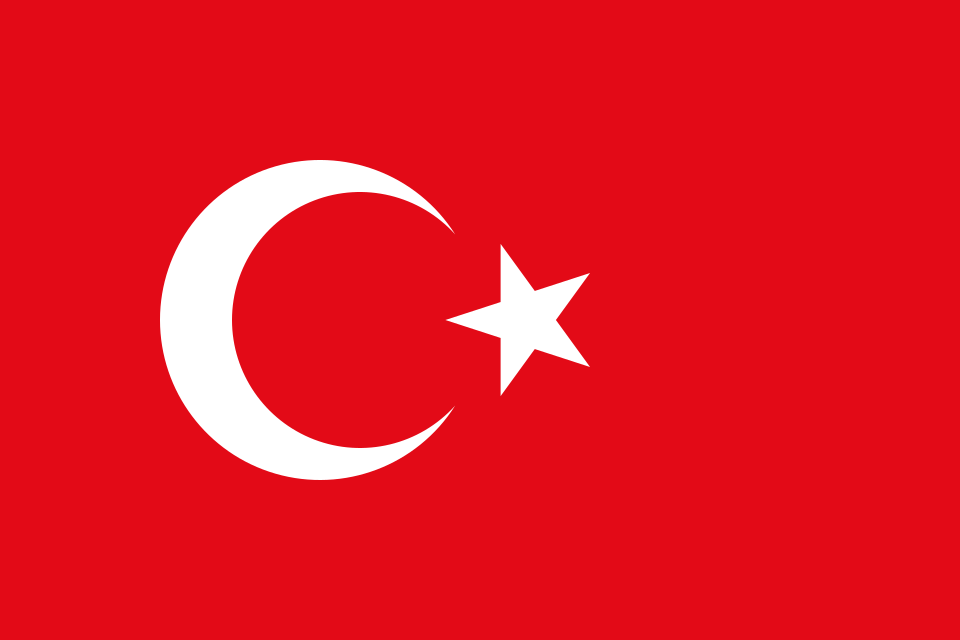Torticollis, also known as wry neck, is a medical term that refers to an abnormal curvature of the neck resulting from a spasm or contraction of the neck muscles. This condition can be congenital or acquired. Treatment usually begins with physical therapy and exercises. Physical therapists use various techniques to strengthen the neck muscles, increase flexibility, and encourage proper positioning. In rare cases, surgical intervention may be necessary, particularly in cases that do not respond to treatment or are progressing. Early diagnosis and appropriate intervention are crucial during the treatment process, as they can increase the chances of long-term recovery.
What is Torticollis?
Torticollis is the medical term for a condition in which the neck is abnormally tilted due to spasms or contractions in the neck muscles. Torticollis can be congenital (present at birth) or acquired (developing later in life). Congenital torticollis is often caused by the baby's position in the womb or muscle or nerve damage during birth. Acquired torticollis can develop due to muscle spasms, neck injuries, infections, or other causes.
Symptoms of torticollis may include a tilt of the neck to one side, the head turned to the opposite side, and sometimes stiffness or swelling in the neck muscles. Treatment typically involves physical therapy, exercises, and sometimes manipulation techniques targeting the neck and shoulder area. Physical therapists contribute to the treatment process through muscle strengthening exercises and techniques aimed at correcting neck position. Surgical intervention may rarely be necessary, particularly in resistant or advanced cases.
If torticollis is left untreated, it can lead to long-term neck movement restrictions, muscle imbalances, and other health problems. Therefore, early diagnosis and appropriate treatment are important to reduce the effects of the disease and speed up the recovery process.
What causes torticollis?
Torticollis is a condition in which the neck is abnormally tilted due to spasms or contractions in the neck muscles. There are different causes of torticollis:
Congenital Torticollis: This may be due to the baby's position in the womb or muscle or nerve damage during birth. The baby's head may be constantly tilted to one side.
Acquired Torticollis: Acquired torticollis can result from various causes:
- Muscle spasms or contractions: It may result from spasms or contractions in the neck muscles.
- Neck injuries: Injuries to the neck area or trauma following an accident may be the cause.
- Infections: Infections in the neck area, particularly those affecting the muscles or nerves, may lead to damage.
- Tumors or masses: Abnormal masses or tumors in the neck region may cause torticollis by putting pressure on the muscles.
- Other causes: In rare cases, certain neurological disorders or spinal problems may also cause torticollis.
The cause of torticollis can vary from person to person, and the treatment plan is determined accordingly. With early diagnosis and appropriate treatment, symptoms can often be managed or corrected.
What Are the Symptoms of Torticollis?
Torticollis is a condition characterized by an abnormal tilt of the neck resulting from spasms or contractions in the neck muscles. In this condition, the head is usually tilted to one side and turned toward the other side. In addition to these symptoms, stiffness or swelling in the neck muscles may be felt in affected individuals. The ability to turn the head to the opposite side may be limited, which can cause difficulties in daily activities. Rarely, symptoms such as headache, neck, or shoulder pain may also occur. Symptoms may vary from person to person and may arise due to congenital or acquired causes. If you notice or suspect such symptoms, it is important to consult a healthcare professional to initiate the proper diagnosis and treatment process.
Is there a treatment for torticollis?
Yes, there is a treatment for torticollis. Treatment is usually determined based on the severity of symptoms, the type of disease (congenital or acquired), and the patient's overall health. Here are some torticollis treatment methods:
Physical Therapy and Exercises: In most cases, physical therapy and specialized exercise programs are recommended to strengthen the neck muscles, increase flexibility, and encourage proper positioning. This treatment method is typically used for congenital torticollis (torticollis present at birth).
Orthoses and Neck Braces: In some cases, specially designed neck braces or orthoses may be used to keep the neck in the correct position. This can help reduce muscle spasms and correct the neck.
Botulinum Toxin Injections: In certain cases, botulinum toxin (Botox) injections may be administered to temporarily reduce muscle spasms. This treatment method is typically considered for cases that do not respond to other treatments or involve severe muscle spasms.
Surgical Intervention: Rarely, surgical intervention may be necessary in cases of long-term or treatment-resistant conditions. This intervention typically involves corrections to the neck muscles or neck structure.
Torticollis treatment usually requires a multidisciplinary approach and is guided by a pediatrician, physical therapist, orthopedist, or surgeon. Early diagnosis and treatment can prevent the progression of the disease and positively affect long-term outcomes.
Is Surgery for Curved Neck Painful?
Surgery for curved neck (torticollis) is generally a process that varies depending on the type of surgical intervention and the patient's personal pain threshold. General anesthesia is usually administered during surgery, so there is no pain felt during the procedure.
However, post-operative pain may vary depending on the type of procedure and the individual's recovery process. Some pain and discomfort may be felt during the recovery process, especially swelling or sensitivity in the surgical area. Therefore, post-operative pain management is often important to ensure the patient's comfort.
Doctors may recommend medications and other methods to alleviate post-operative pain. In addition, there may be specific guidelines for the patient to rest and move during the post-operative period. Post-operative pain usually decreases over time and improves as the healing process progresses.
How is Torticolis Surgery Performed?
Torticolis surgery can be performed using different surgical techniques depending on the patient's condition and the type of disease. Here are some common methods used to perform torticollis surgery:
Longitudinal Division of the Sternocleidomastoid Muscle (SCM Muscle Lengthening): This method is typically used in cases of congenital torticollis. The sternocleidomastoid muscle is cut from the front of the neck and lengthened to correct neck movements.
Partial Longitudinal Division of the Sternocleidomastoid Muscle (SCM Muscle Collar Method): In this technique, the sternocleidomastoid muscle is divided into sections along the neck, and each section is moved along the length of the neck. This method is also commonly used in the treatment of congenital torticollis.
Z-Plasty Method: This method involves cutting the sternocleidomastoid muscle along the neck in a specific pattern. The reshaping of these cuts allows the muscle to lengthen and the neck to be corrected.
Spinal or Neck Surgery: In rare cases, if torticollis is caused by abnormalities in the spine or neck structure, surgical correction of the spinal or neck structures may be performed.
Surgery is typically performed under general anesthesia, and the process may vary depending on the surgeon's preferred technique and procedure. Physical therapy is often recommended during the post-operative recovery period, and rehabilitation is important for the patient to regain muscle strength and neck mobility. Surgical outcomes are generally good, and patients typically experience significant improvement in neck mobility and posture.
What Should Be Considered After Surgery for Curved Neck Disease?
There are several important points to consider after surgery for curved neck disease. First, it is very important to strictly follow the doctor's instructions. These instructions may generally relate to wound care, medication use, physical activities, and follow-up visits. Regular wound care should be performed to support wound healing in the surgical area, and pain relievers or medications should be used as recommended by the doctor. Heavy physical activities should be avoided during the post-surgery period, but movement should be gradually increased according to the doctor's instructions. The use of supportive devices and maintaining a healthy diet are also important factors that support the healing process. Finally, regular follow-up visits help monitor the healing process and detect any potential issues early on. Adhering to these recommendations contributes to a successful post-surgery recovery process.


